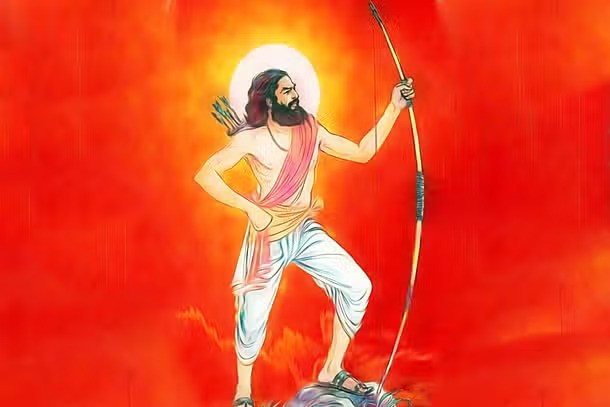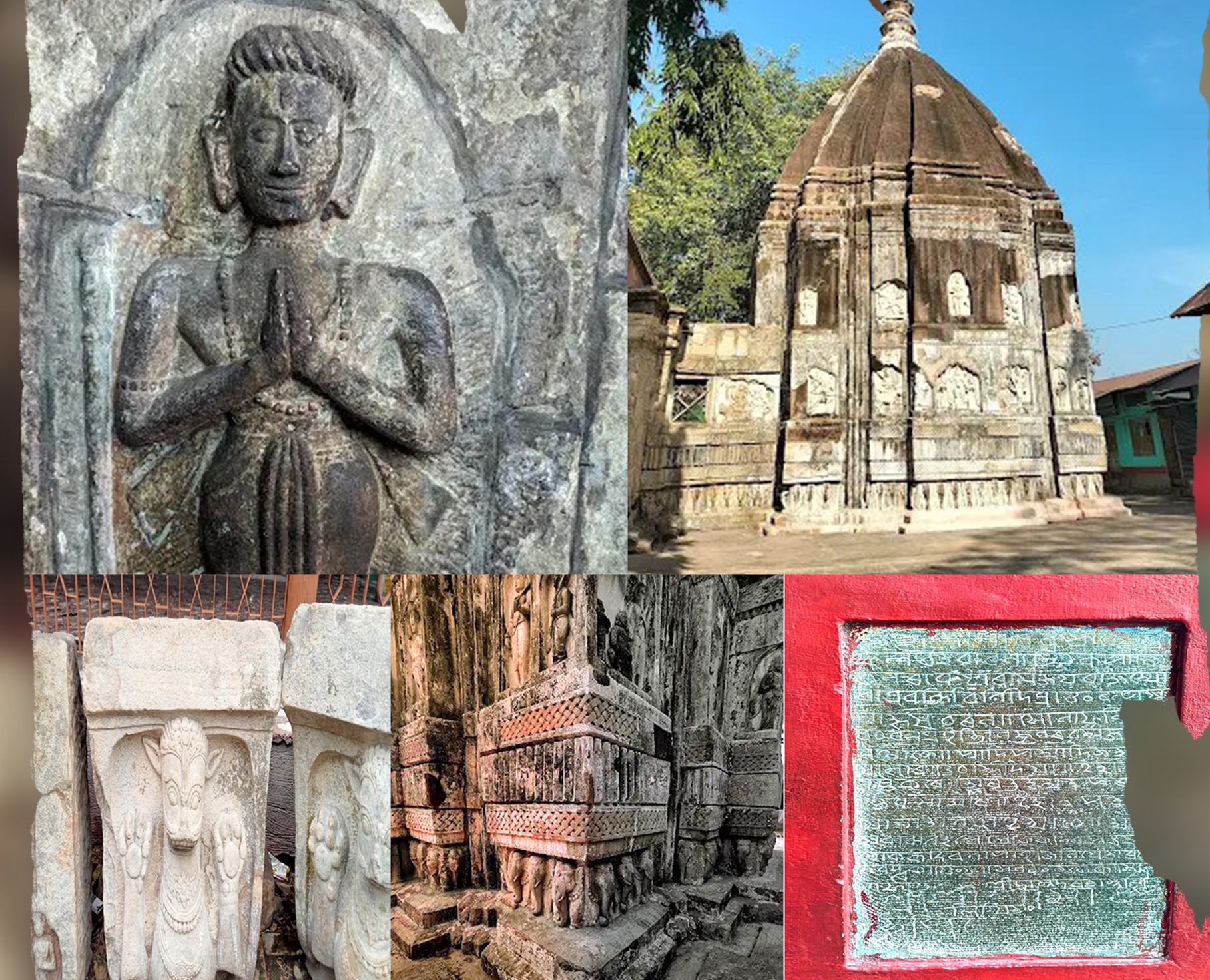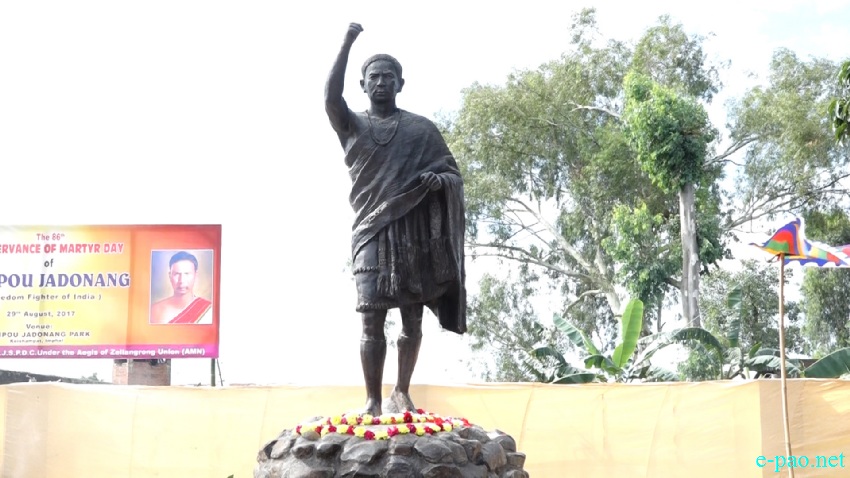By Dr. Bhupendra Kumar Sullere
Born in the Janjati heartland of Andhra Pradesh, revolutionary warrior Alluri Sitarama Raju was a forgotten yet vital hero of India’s freedom struggle. He waged a relentless fight against British rule, intertwining his rebellion with the culture and consciousness of the tribal communities, making him not only a people’s hero but also a symbol of indigenous valor and a visionary leader.
Date of Birth: 4 July 1897
Place: Pandrangi village, Visakhapatnam district, Andhra Pradesh
Background: Born into a humble family, Raju was spiritually inclined, philosophically thoughtful, and deeply aware of social justice from a young age. He was influenced by Swami Vivekananda and Ramakrishna Paramhansa.
He devoted his life to defending the tribal society, which was oppressed by the British colonial regime through forest laws, tax collection, and forced labor. Raju chose the path of armed resistance to fight this exploitation.
Tribal Society and the Social Base of His Movement
The foundation of Raju’s movement was the tribal population, especially the Koya and Khondora tribes, who were the direct victims of British oppression:
Violation of forest rights: Traditional rights to forest access were taken away.
Economic exploitation: Taxes on forest produce and illegal collections.
Cultural insult: Tribal customs were restricted and treated with contempt by British officers.
Raju organized the tribal society and taught them that the battle wasn’t just about land or taxes—it was a matter of identity and self-respect. He trained them in traditional warfare, including archery and guerrilla tactics, leading a mass uprising.
War, Struggle, and Revolutionary Activities
The years 1919 to 1924 mark the golden period of Alluri Sitarama Raju’s armed resistance. Operating in the Eastern Ghats, he built an organized tribal force and destroyed several British police outposts.
Key Features of His Struggle:
Guerrilla warfare: Outmaneuvering the British using dense forests and strategic attacks.
Mass support: Women, elders, and youth alike backed his movement.
Swadeshi spirit: Despite lacking modern arms, he turned rebellion into a people’s movement.
His rising influence alarmed the British, who declared a huge bounty on his head.
Arrest and Sacrifice
In 1924, Raju was betrayed and captured by the British. Without trial or due process, they ordered his execution.
Date: 7 May 1924
Place: Koyyuru forest near Munchingiputtu, Andhra Pradesh
Execution: He was tied to a tree and shot dead by British forces.
But his death wasn’t an end—it was the martyrdom of an idea. Raju demonstrated that freedom is not just political; it is also cultural, social, and economic liberation.
Contemporary Relevance and Remembrance
Raju’s revolution is not merely a historical event—it still echoes in today’s struggles:
His fight for tribal rights resonates in forested and hilly regions across India.
His message of self-reliance and dignity continues to inspire marginalized communities.
In 1990, the Government of India issued a postage stamp in his honor.
In 2022, Prime Minister Narendra Modi commemorated his legacy as part of the Azadi ka Amrit Mahotsav initiative
Alluri in Popular Culture: The RRR Phenomenon
Indian cinema has long struggled to balance nationalism and historical representation. The 2022 blockbuster film “RRR” (Rise Roar Revolt) reimagined the lives of two revolutionaries—Alluri Sitarama Raju and Komaram Bheem—in a fictional, mythic style.
Although not historically accurate, the film succeeded in presenting forgotten tribal consciousness to a global audience, blending cinematic grandeur with patriotic fervor.
The Eternal Flame of Resistance
Alluri Sitarama Raju is not just a historical figure—he is a living embodiment of tribal identity, resistance, and self-sacrifice. His life teaches modern India that when a person stands for self-respect, culture, and community, even empires can tremble.
He did not die—he became immortal as an idea, a symbol, and a call to rise.






